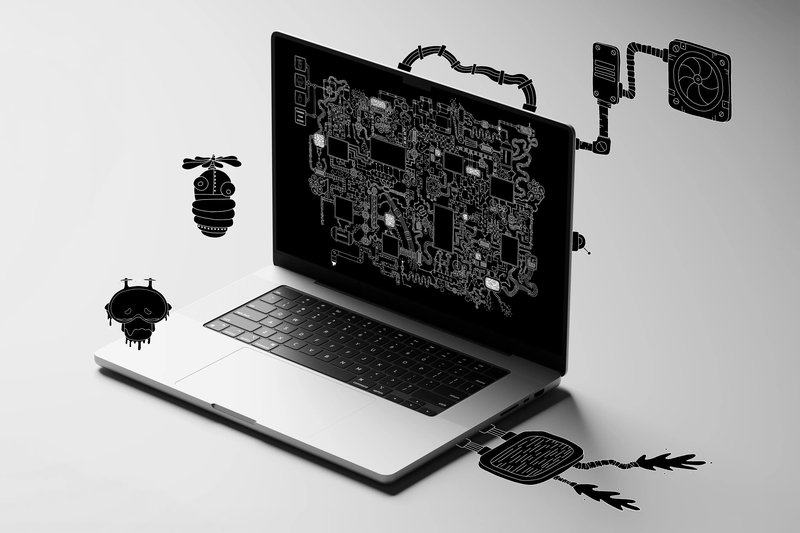
BA MEDIA & INTERACTION DESIGN
Audio Reactive Festival Poster Series
with Talia Cotton
First-year students designed a series of audioreactive posters for a music festival. They utilized dynamic tools and live data input to explore sound-responsive visuals within social media's digital format, creating a cohesive and recognizable festival identity.


















